This week the creative practitioners answer the question:
– How do you research and identify new industry projects or opportunities that you would like to participate in?

Torsten Posselt (FELD)
Torsten describes FELD as a multi-disciplinary studio which, “ranges from music to design, packaging; but also developing a kind of interactive installations and spatial kinetic–things that move around.”
He enjoys the variety that the work can bring as it makes it interesting. This is the company’s ethos and directs them strategically in terms of what projects they take on and allows them to remain passionate about the briefs they are given.
This mythology is continued into the framework for the design they employ – “The medium itself is, first of all, not so much important for us, it’s always the way we approach things and always focussing on the outcome, despite the question of the media itself.”
Like many before him, Torsten likes to pick projects in which he finds an interest. This ensures a passion throughout the project. Interestingly, he also sometimes does the complete opposite – Picking something which he has no connection with to see where it leads. (a bit of a risky choice in my opinion. What happens if you lose all the passion and interest for it because you just aren’t that bothered by it?)
This does, however, interest me as it allows you to develop in areas you may not even be aware of. It may also lead you to use different mediums, contacts or skills you hadn’t previously acquired or thought about.
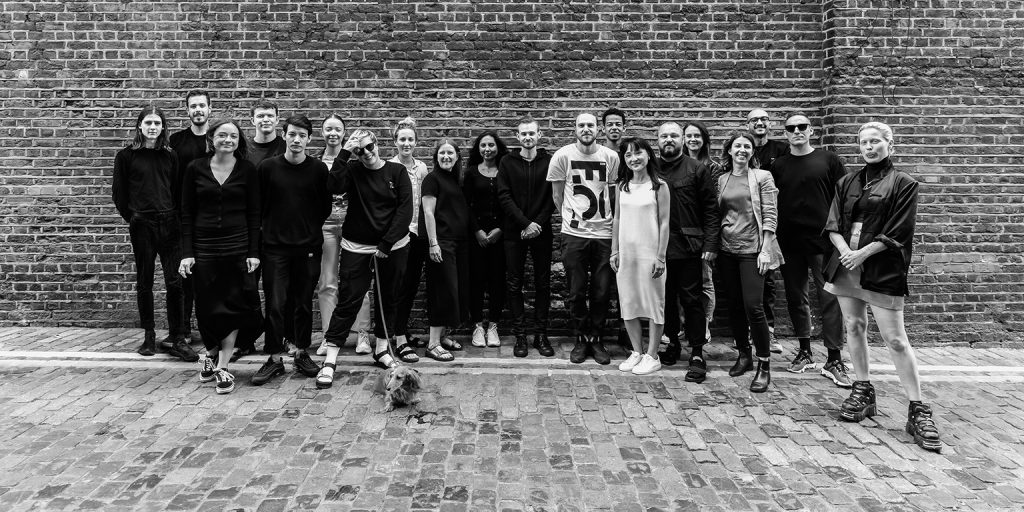
Matthew Jones and Michelle Dona (Accept & Proceed)
Accept and Proceed pride themselves on working for ‘decent people’ who want to do some good in the world. They see their role as supporting those trying to make a difference. This mission statement is reflected in the space their studio inhabits. At the front of the space, they have a café and a vegan café. This would certainly help with creating a secondary income and networking.
“Accept & Proceed delivers such a variety of working projects, everywhere from branding through to spatial design, through to strategy workshops.”
Michelle was recently employed to provide a professional client-facing service – “how projects, run and dealing with the clients in a beautifully professional way, as opposed to some designers that are more caring about the colour or the font or the paperweight, as opposed to the bigger picture sometimes.”
They also do a lot of self-initiated projects, or as they call them, passion projects. “We do passion projects that really allow us to explore some of those things that we’re really passionate about, and we use those as tools to speak to existing clients. We also use them as a tool to speak to prospective clients and reach out to people that we’re not speaking to, but to have a conversation with.”

Wouter Dirks (Studio Dumbar)
Wouter has a background in business and business administration. Studio Dumbar focuses its design efforts on branding, visual identity and motion design.
Because they are now part of a global digital design agency, the work comes to them, they rarely have to go looking themselves. Maybe this is a lucky situation to be in, but it sounds to me that the choice reduces significantly. If you have no decision of what work you get to do, can you be truly passionate?
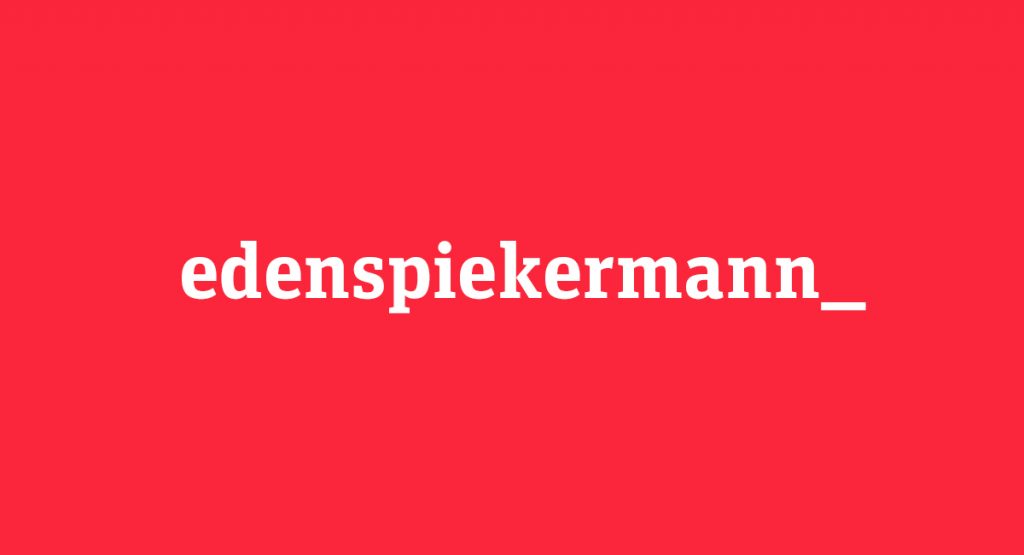
Stijn van de Ven (Eden Spiekermann)
Stijn has a background in branding and communication but made the move to Spiekermann to do ‘something different. On defining the area they work in, Stijn said, “it is always based on something you already do and from there on you build it out. It’s not just like you can magically decide, ok, from now on we are into space exploration if you haven’t worked for a space agency”.
Luke Veerman (Eden Spiekermann)
Luke is a user experience designer based at the same company. He talks about how the company is changing direction and describes it as constantly evolving and changing. He likes to find new opportunities which have problems that he actually wants to solve.
“if you don’t have that, you’re never going to find the enthusiasm from the team; you’re never going to find people really passionate about solving this.”
He also talks about knowing your own capabilities and skill set. There is no point trying to answer a brief where you know you just can’t deliver what is required. Conversely, if you have taken on a brief in a particular sector, then if you get approached to complete a similar brief, you already have a base knowledge that can be developed. It also means you can apply similar solutions quickly to get effective and efficient results.
To finish, Luke talks about aims and goals and how it is also important to focus your efforts in the direction in which you want to go in.
Becoming (and staying) successful.
Marian Bantjes & Jessica Hische are typographers who like decorative designs. In the above discussion they talk about what makes people successful. Drive, or ‘obsession’ as they refer to it, is a key factor in ensuring success. Going above and beyond and showing interest and passion really resonates with people and also inspires them. Surrounding yourself with people who have the same drive is means their passions and energy will rub off on you creating a buzz of ideas and output.
“inspiration comes from places of surprise”
- Inspiration is more kin to influences and people get the two confused.
- Work breeds more work.
- Don’t get stagnant and let people get bored with your work
- Surprise clients – Inspire them
The 4 Briefs
Choosing a brief
I think that choosing a brief which is self-initiated can be a relatively straightforward thing. For me, just reading each one of them fills my head with questions, problems and possible solutions. When these excite my creative mind I know I have found a brief that I want to evaluate further. I have included a short explanation as to why the Science Museum piqued my interest and will be the one I take forward over the remaining 7 weeks.
D&AD – Adidas
My initial reaction to this brief is a mixed one. I like the idea of sport being used as a tool for change. Whether that be mental health or physical wellbeing, sport has the ability to bring people together in a positive way for communitues. However, working for a brand means the promotion of that brand over others. Yes, this is a common occurrence in Graphic Design and probably something which will happen a lot in my future career. But when it comes to a self-initiated brief which I get to choose, I would rather pick something which is not for profit, sits in the charity sphere or maybe even the public sector. The goals, aims and motives match more with my own ethics and really directed my choice this week.
Collaboration
Whilst I have some creative contacts who I could have worked with on this project, I am not sure they would be able to commit to the time needed to create a meaningful solution. With that in mind, I decided against this project as the uncertainty around partner involvement left me worried. Having said that, I hope to continue the theme of collaboration with my colleagues throughout the project I have decided to pursue.
Creative Conscience
This brief was really tempting. I liked that it is a live brief and focuses on people’s wellbeing. However, it is very open and would take some big steps to whittle this down to something achievable in the 8-week window. After the last project, I really want to make something that feels more ‘finished’ and meets the brief. If the options had been in one of their other categories, I may well have chosen the brief.

The Science Museum
Before even reading the briefs, the knowledge that we would have direct input from a ‘client’, and from such an inspirational organisation as the Science Museum, already had me interested. The brief itself portrayed a clear problem and was wide enough to elicit a plethora of design solutions from me and my cohort. This one was tipping the scales for me, but I wanted to hear from the organisation themselves before making any decisions.
Science Museum Lecture
In this weeks lecture, we were joined by John Stack, the Digital Director from the museum group that the Science Museum sits under. Below are my notes from this lecture.
This lecture cemented my decision to follow through on this brief. The insightful lecture by John gave an unrivalled look into the issue they are facing. By fully understanding the problem, I hope to be able to provide a fully reasoned and worked through solution. I even came up with some starting points to the brief which I will return to later in the project.
Competing Projects
Insta Novels

This is a brilliant concept which gets works of literature seen by a wide audience. The collaboration between the New York Public Library and Mother in New York combines classic stories with modern technology to bring them from a municipal building to the palm of your hand. Instagram is, of course, known for its visual appeal. Mother used this to their advantage and created sleek illustrations to accompany the words. They also used warm tones for the pages and big text to reduce the intimidation of the viewer. My favourite thing about this project is that it sets up a base concept that can be developed and used over and over again to great success. I personally feel that the project could be improved with a social interaction aspect to its design – Maybe encouraging others to create their own ‘InstaNovels’? Its aims are slightly unclear to me too. Is its intention to encourage people to read? Or to visit their local library? If it is the latter, surely it is counterintuitive? Further work could be done to increase attendance at the library – Maybe an installation or workshops about storytelling and its place in the 21st Century?
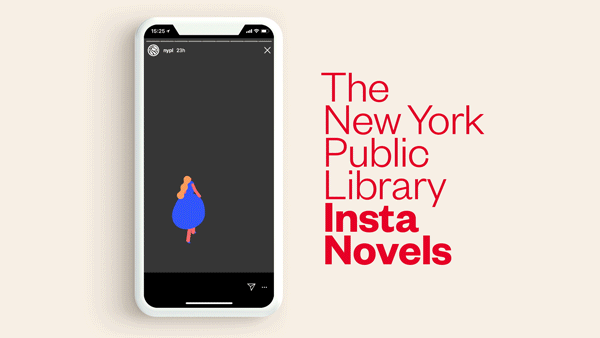
Black Country Living Museum – Tiktok Sensation
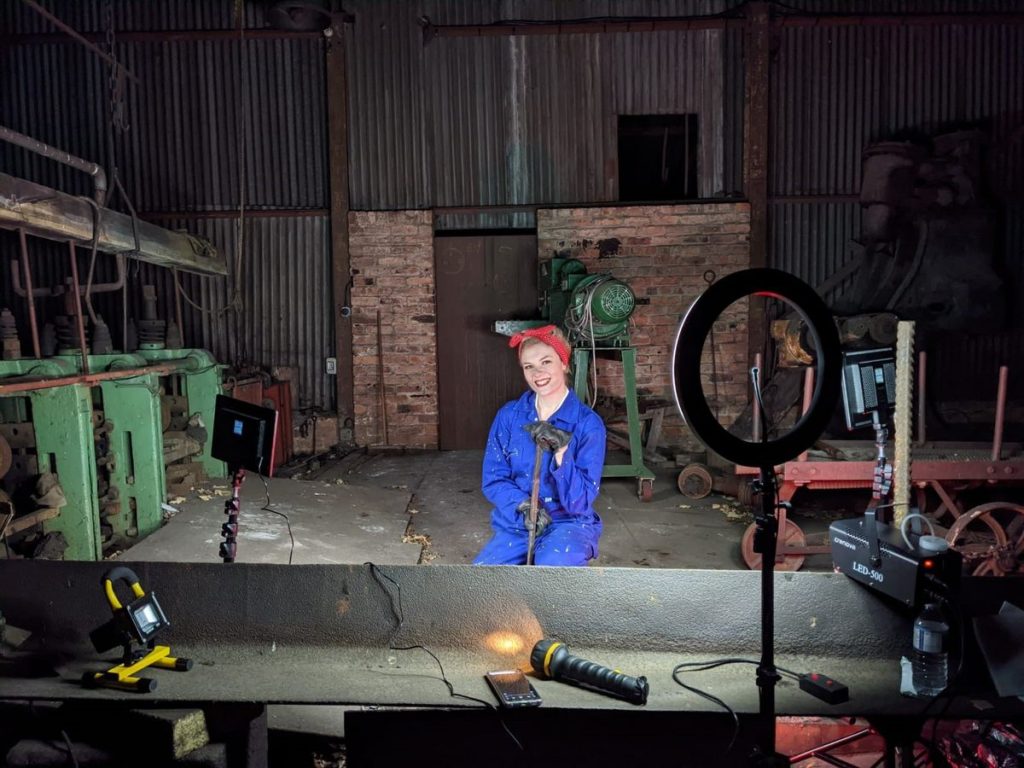
Sometimes the answer to a problem can be as simple as looking at how technology can be used in new, exciting ways. Black Country Living Museum has now amassed more than a million followers on TikTok after uploading videos of the staff, who dress up in period-appropriate clothing, to showcase the museum. They make the most of the actor’s ability to tell stories and utilise the historic atmosphere that the open-air museum provides to create a unique and fun experience for those viewing on the platform. The goal here is to tell the story of the Black Country and it certainly works. However, as a charity, the museum needs to make money. A Tiktok post with a health engagement rate could yield up to £,1000 but more could be done to increase revenue. There is an obvious appetite, globally, for this type of content and I wonder if this could be used in a way that gives the museum a greater return? Again, I may look at this from an experiential viewpoint and look at how to encourage others to encounter all that the museum has to offer – sights, smells, objects etc.

The Met – Unframed

The Coronavirus pandemic has meant that many industries have had to find new ways of operating. One such example is that of the Metropolitan Museum of Art. They commissioned Unit 9 to find a way to enable people to, “…experience with The Metropolitan Museum of Art while engaging with live audiences in a safe and meaningful way”. Their solution – an immersive augmented reality (AR) environment in which users could navigate via headset or mobile device to walk the gallery and view the pieces of art. The statistics above show how successful the campaign was and how well received it was from the public. However, it does make me wonder if they have used this medium to the best of their ability. Not only could you have a space bigger than the Met to show off the artwork, but you could also have pieces coming to life. Night at the museum anyone? I would even go as far as to install a ‘locked’ physical door in the museum which could only be accessed virtually. With a virtual world, the limitations are only restricted by your own imagination. There are definite ideas for development here.
References
Accept & Proceed. n.d. Accept & Proceed. [online] Available at: <https://www.acceptandproceed.com/> [Accessed 10 December 2021].
Charr, M., 2021. How Black Country Living Museum Became a TikTok Sensation. [online] MuseumNext. Available at: <https://www.museumnext.com/article/how-black-country-living-museum-became-a-tiktok-sensation/> [Accessed 10 December 2021].
Edenspiekermann.com. n.d. [online] Available at: <https://www.edenspiekermann.com/eu/> [Accessed 10 December 2021].
FELD. n.d. FELD Studio for digital crafts. [online] Available at: <https://www.feld.studio/> [Accessed 10 December 2021].
Jakubowski, J., n.d. The Met Unframed. [online] UNIT9. Available at: <https://www.unit9.com/project/the-met-unframed/> [Accessed 10 December 2021].
Jefferies, S., 2021. Move over MoMA! How the Black Country Living Museum became a TikTok sensation. [online] the Guardian. Available at: <https://www.theguardian.com/culture/2021/jul/05/black-country-living-museum-tiktok-viral-john-homer> [Accessed 10 December 2021].
Studiodumbar.com. n.d. Home. [online] Available at: <https://studiodumbar.com/> [Accessed 10 December 2021].
The New York Public Library. 2018. Insta Novels: Bringing Classic Literature to Instagram Stories. [online] Available at: <https://www.nypl.org/blog/2018/08/22/instanovels> [Accessed 10 December 2021].
Tiktok.com. n.d. [online] Available at: <https://www.tiktok.com/discover/black-country-living-museum?lang=en> [Accessed 10 December 2021].
Youtube.com. 2021. Marian Bantjes & Jessica Hische on becoming (and staying) successful. [online] Available at: <https://www.youtube.com/watch?v=jmOPjmJgOs4> [Accessed 10 December 2021].
Youtube.com. 2021. THE MET UNFRAMED AR EXPERIENCE. [online] Available at: <https://www.youtube.com/watch?v=l5zNnBYEmTo> [Accessed 10 December 2021].

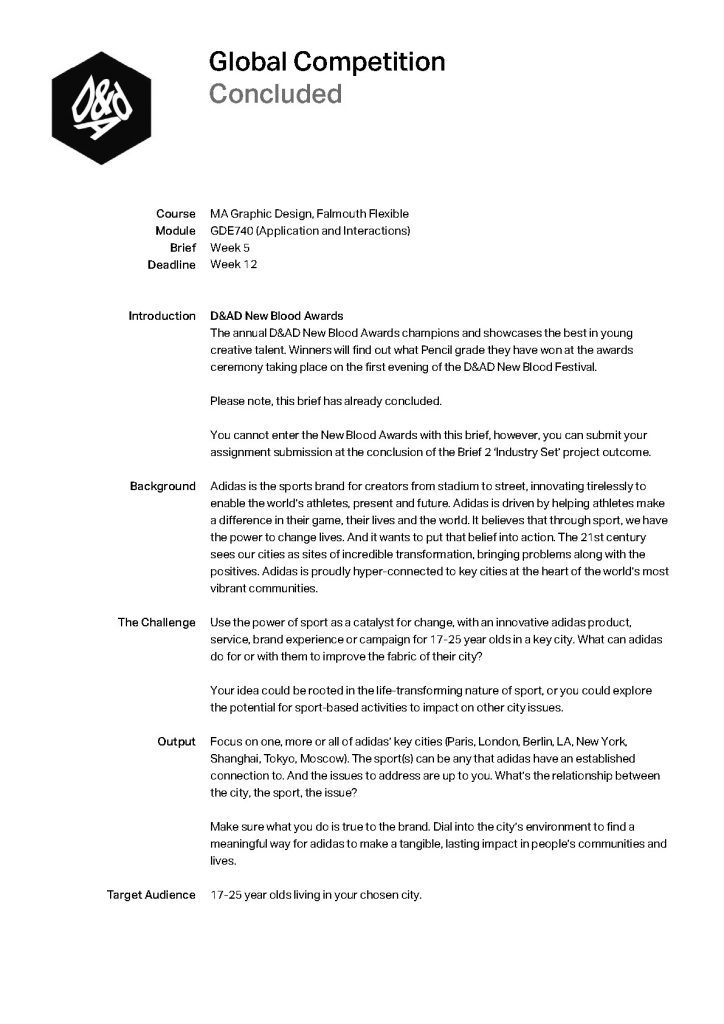
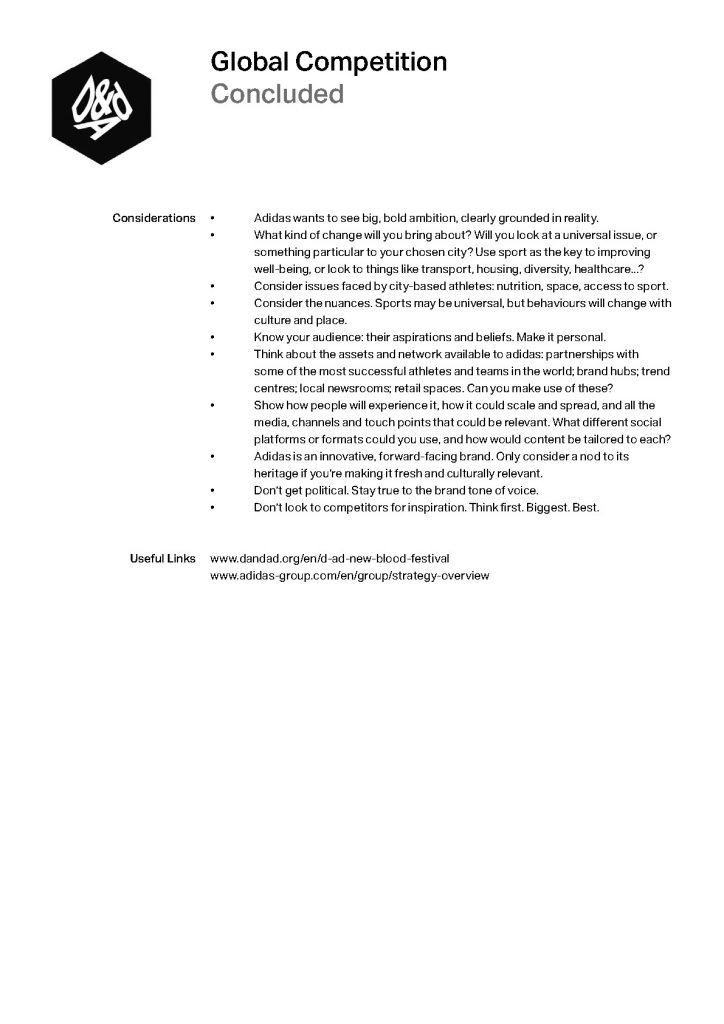
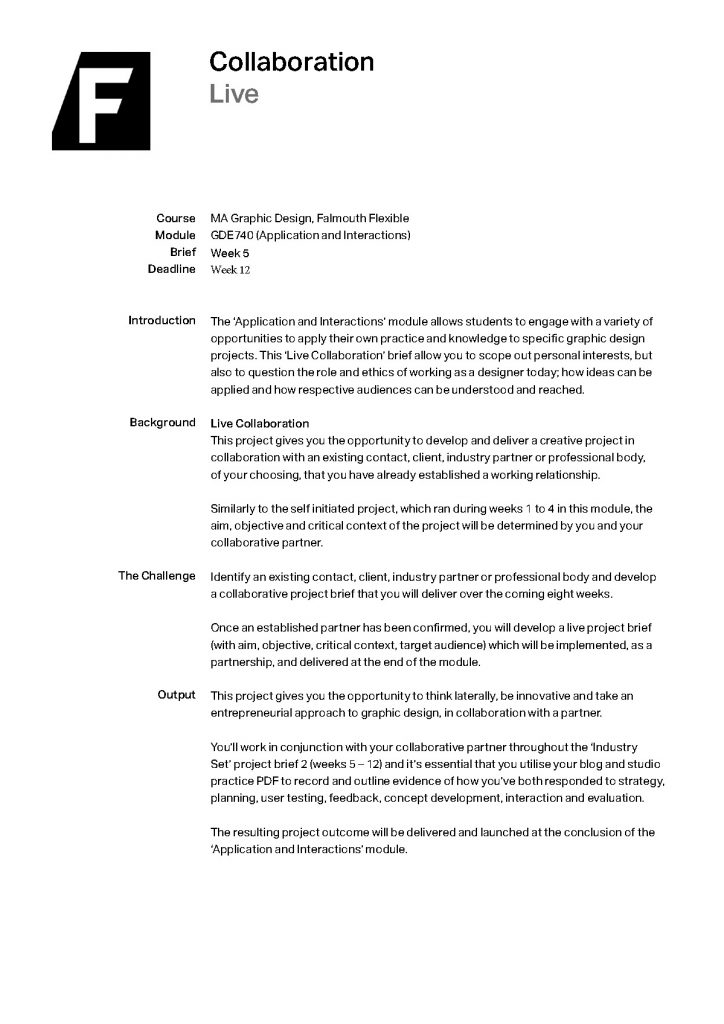
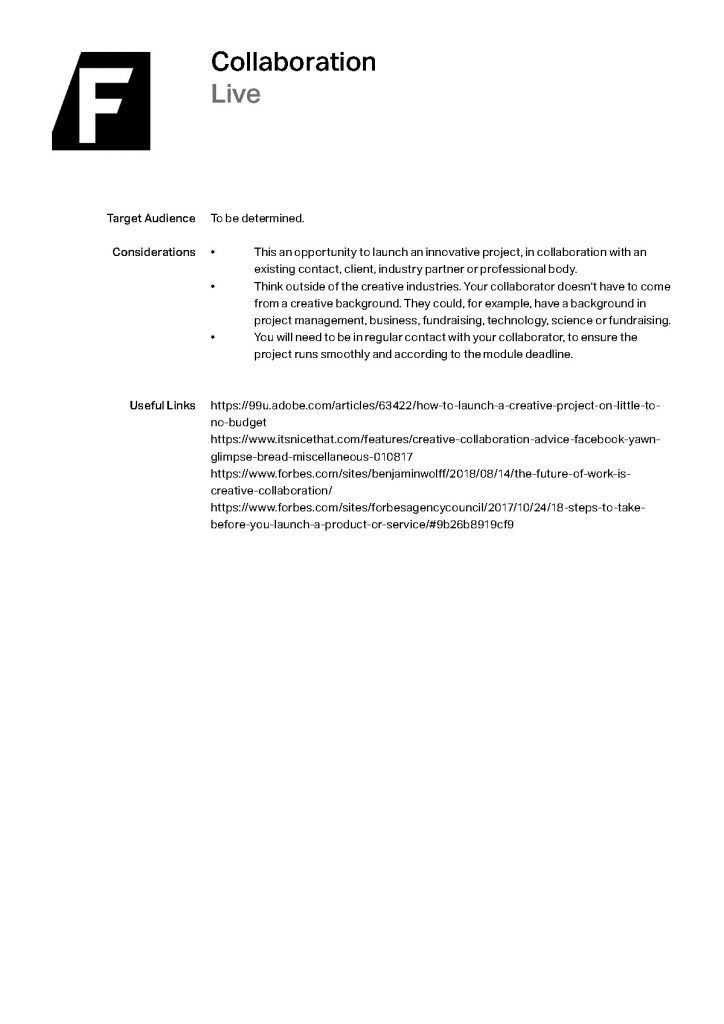
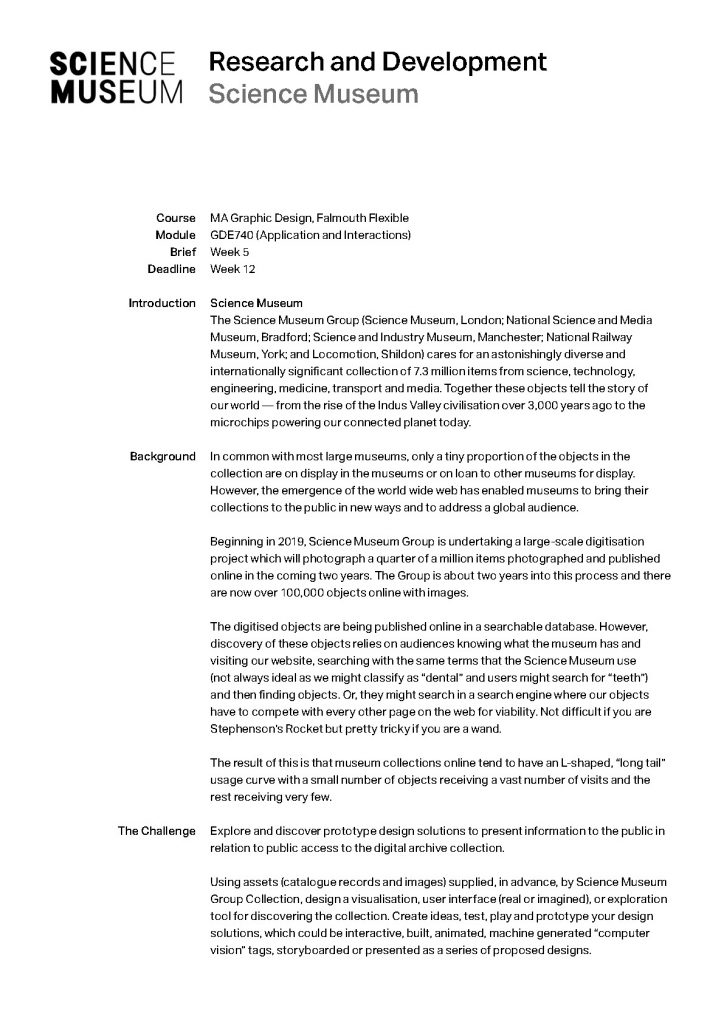
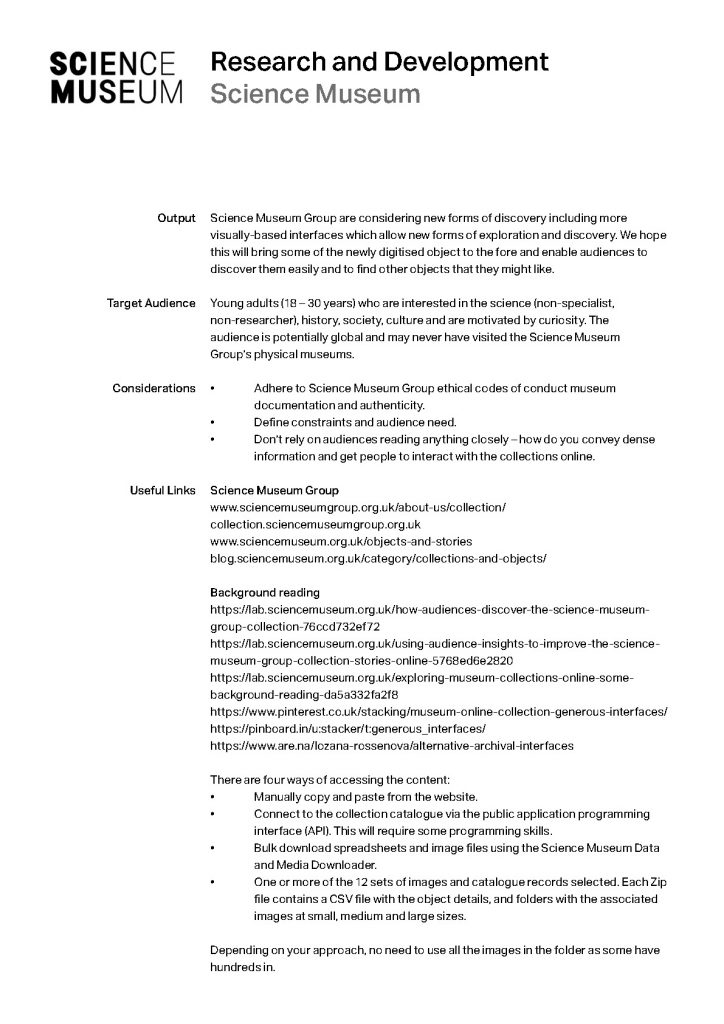

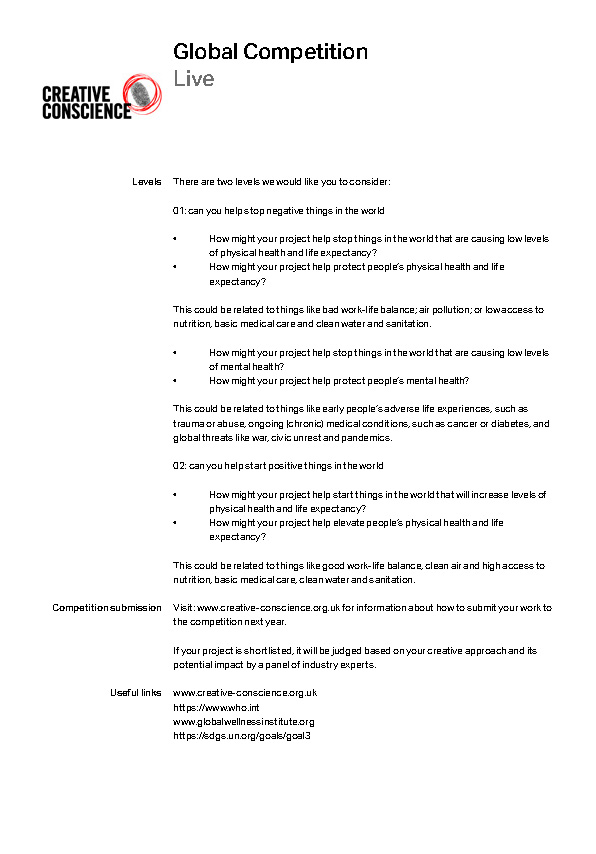
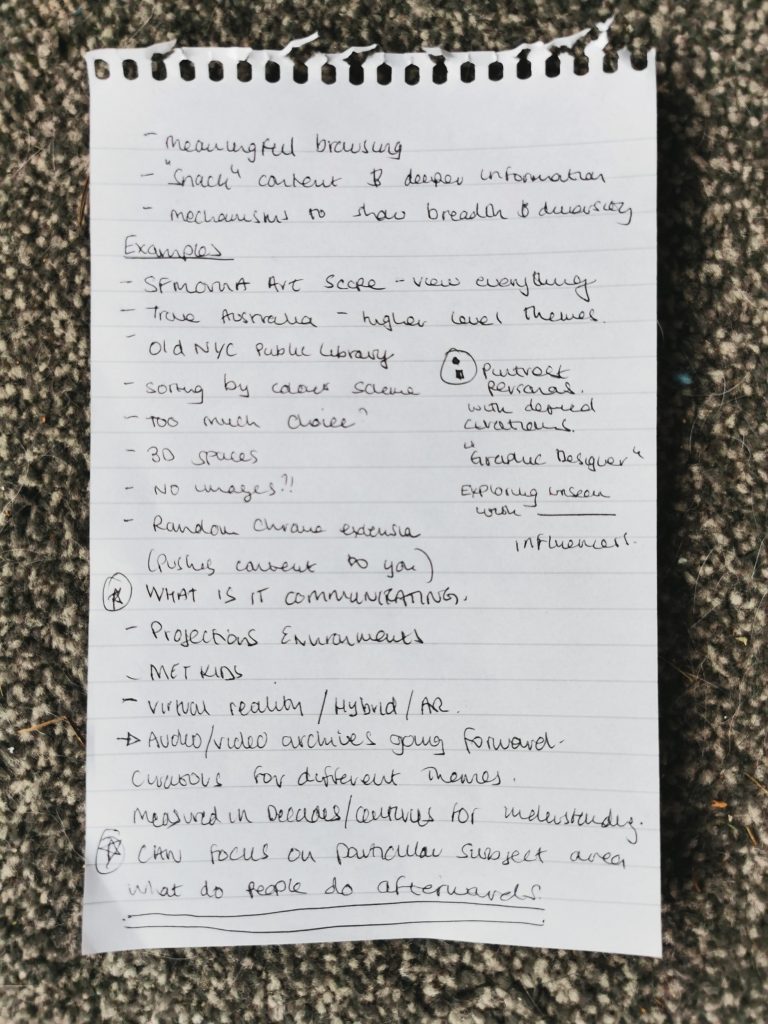
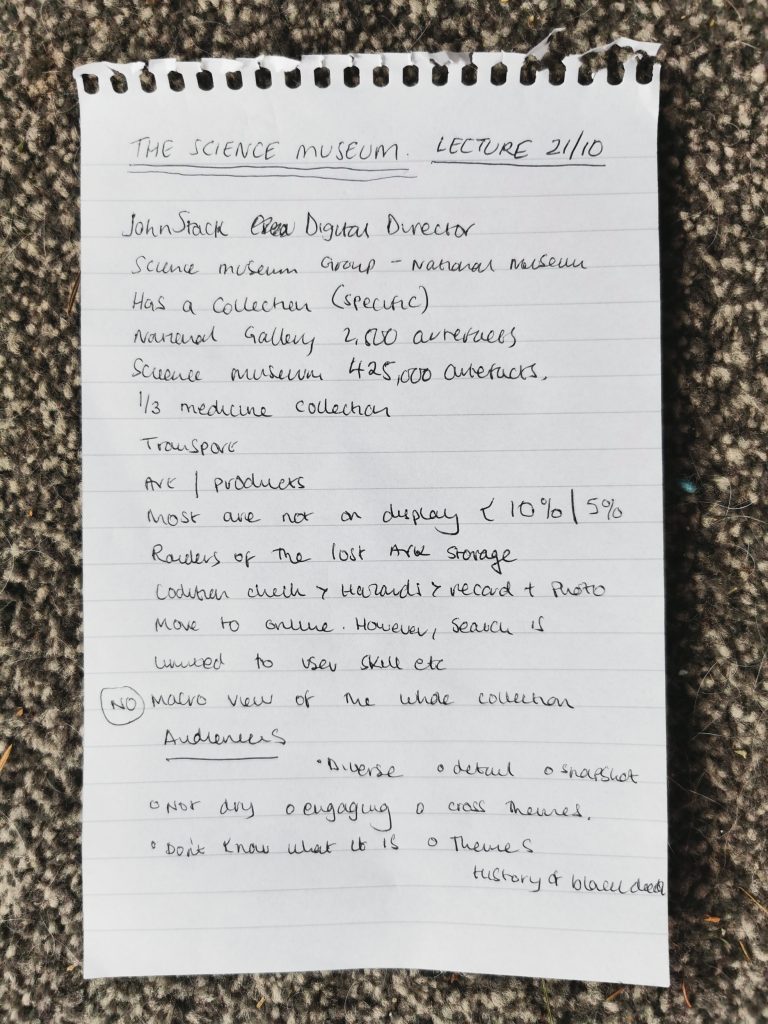
Leave a Reply